Interesting map of Scandinavia, illustrating the theater of the Second Northern War.
In 1657, during the Second Northern War, Denmark launched a war of revenge against Sweden (then distracted in Poland), which turned into a complete disaster. Unfortunately for the Danes, Denmark's new powerful ally, the Netherlands, remained neutral, as Denmark was the aggressor and Sweden the defender. Secondly, the Belts froze over in a rare occurrence during the winter of 1657-1658, allowing Charles X Gustav, of Sweden, to lead his armies across the ice to invade Zealand.
In the following Treaty of Roskilde, Denmark-Norway capitulated and gave up all of Eastern Denmark (Danish: Skåne, Holland, Blekinge and Bornholm), in addition to the counties of Bahusia (Norwegian: Båhuslen) and Trøndelag, in Norway. Holstein-Gottorp was also tied to Sweden, providing a gateway for future invasions from the south.
But the Second Northern War was not yet over. Three months after the peace treaty was signed Charles X Gustav of Sweden, held a council of war where he decided to simply wipe Denmark from the map and unite all of Scandinavia under his rule. Once again the Swedish army arrived outside Copenhagen. However, this time the Danes did not panic or surrender. Instead, they decided to fight and prepared to defend Copenhagen.
March across the Belts in 1658
Frederick III of Denmark had stayed in his capital and now encouraged the citizens of Copenhagen to resist the Swedes, by saying he would die in his nest. Furthermore, this unprovoked declaration of war by Sweden finally triggered the alliance that Denmark-Norway had with the Netherlands. A powerful Dutch fleet was sent to Copenhagen with vital supplies and reinforcements, which saved the city from being captured during the Swedish attack. Furthermore, Brandenburg-Prussia, the Polish-Lithuanian Commonwealth and the Habsburg monarchy, had gathered large forces to aid Denmark-Norway and fighting continued into 1659.
Charles X Gustav of Sweden suddenly died of an illness in early 1660, while planning an invasion of Norway. Following his death, Sweden made peace in the Treaty of Copenhagen. The Swedes returned Trøndelag to Norway and Bornholm to Denmark, but kept both Bahusia and Terra Scania. The Netherlands and other European powers accepted the settlement, not wanting both coasts of the Sound controlled by Denmark. This treaty established the boundaries between Norway, Denmark, and Sweden, that still exist today.
Mathaus Merian (1593-1650) was the father of engraver Matthäus the Younger, and of the painter, engraver, and naturalist Maria Sibylla Merian. He was born in Basel, Switzerland and trained in engraving in Zurich. After a time in Nancy, Paris and Strasbourg, he settled in Frankfurt. While there, he worked for Johann Theodor de Bry, the publisher and son of the travel writer. In 1617, he married Maria Magdalena de Bry, Johann Theodor’s daughter. In 1623, Merian took over the de Bry publishing house upon the death of his father-in-law. Merian’s best known works are detailed town views which, due to their accuracy and artistry, form a valuable record of European urban life in the first half of the sixteenth century









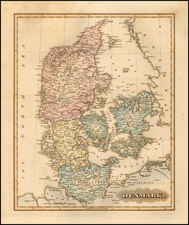
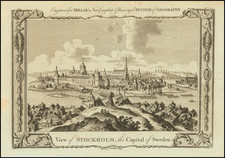
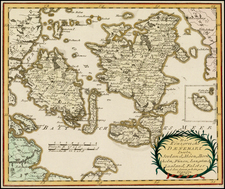
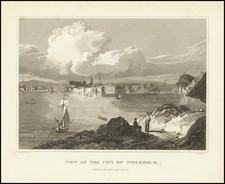
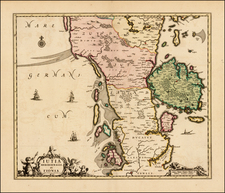
![[ Uppsala Chiefdom, Sweden ] Charta öfver Upsala Höfdingedöme utgivfven Af Firherre S. G. Hermelin. Författad af CP Hällström, Premiär Ingeniör, 1801](https://storage.googleapis.com/raremaps/img/small/99081.jpg)